We take for granted that the greatest cities of our modern civilization – New York, Tokyo, London, and Paris – will exist forever. But perhaps so did the inhabitants of the mightiest metropolises of old, capitals of ancient empires that ruled for centuries. Yet history and the relentless force that is time have a measure of their own. So I look at the ten greatest cities of old that were lost for centuries and only recent discovery reminded mankind of how volatile the fate of one society can be.
10. Knossos
Where? Northern Crete.
Historical Peak: Ca. 1800-1400 BC (The Palace Period).
Decline: Ca. 1300-1100 BC.
Rediscovered: 1878. Excavations began in 1900 by Sir Arthur Evans.
Knossos had been completely forgotten and erased from memory for almost three thousand years before Sir Arthur Evans reclaimed it for history. The discovery of the ancient palace remains one of the most significant archaeological discoveries of all time.
Knossos was the leading center of the elaborate and splendid Minoan civilization that ruled the entire Aegean region in the first half of the II millennium BC. The imposing palace ruled over a well-planned city with canalization, lavish temples, marble squares and a population of probably up to 100, 000 people. The royal palace is a wonder on its own, with 1300 rooms and storage houses, three separate canalization systems – one for water supply and two for drainage.
By the year 1400 BC however a combination of natural disasters and external enemies spelled the end of the power of Knossos. The great city swiftly deteriorated into provincial gloom and was soon completely abandoned, the memory for its glory lost for hundreds of years.
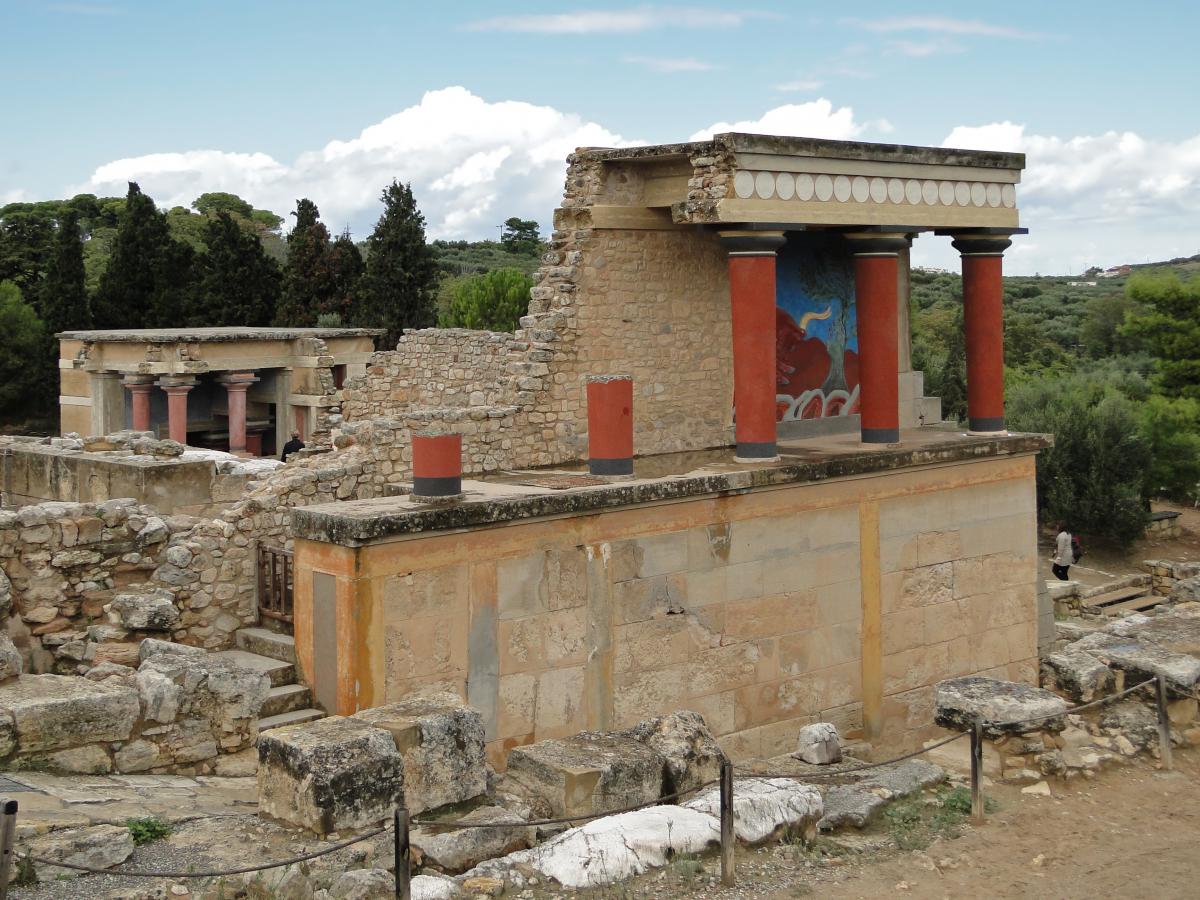
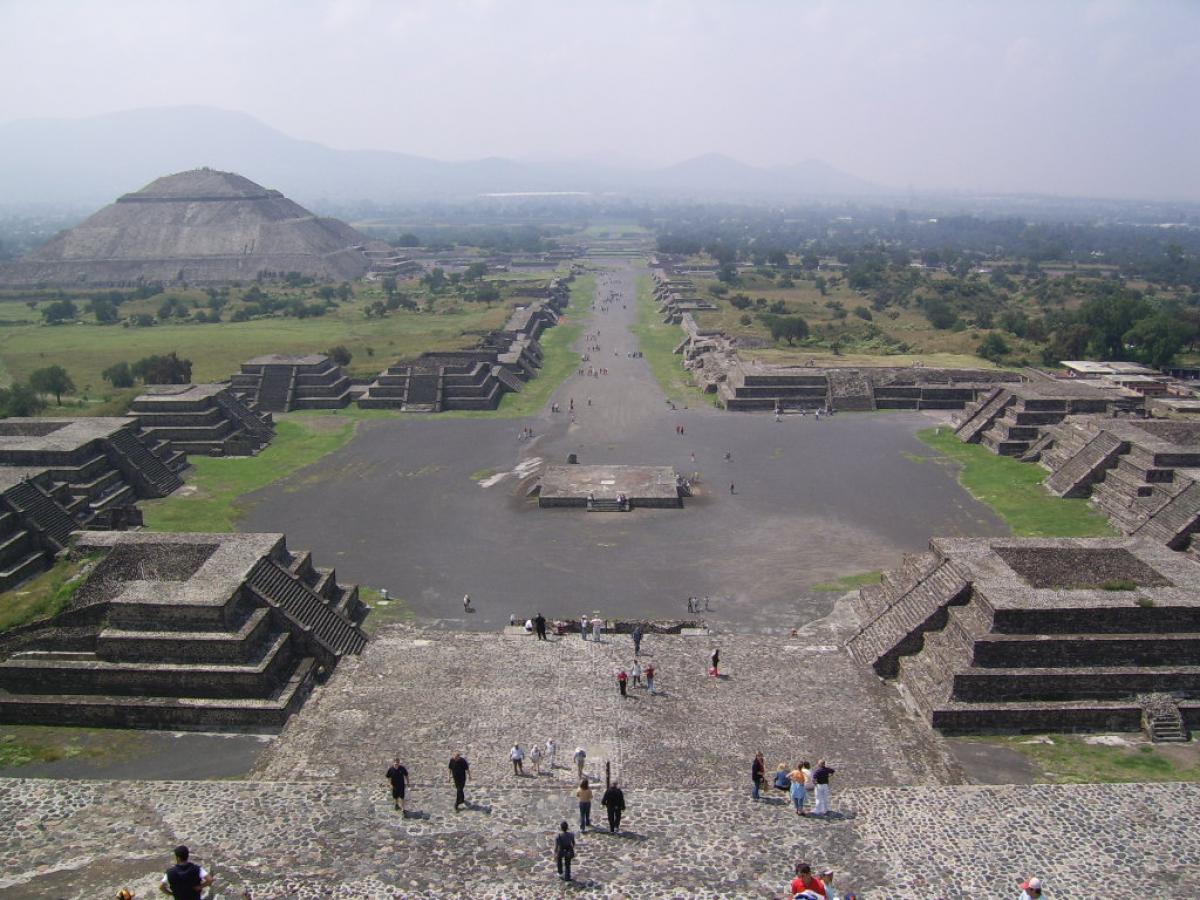
8. Petra
Where? Jordan.
Historical peak: The beginning of II century AD, under Roman rule.
Decline: 3-4 century AD.
Rediscovered: The cave city was rediscovered by Johann Ludwig Burckhardt in 1812.
The symbol of Jordan, one of the greatest tourist destinations in the Near East, described as “the red-rose city, half as old as time”, Petra was declared one of the New Seven Wonders of The World by UNESCO. And there is good reason for it – the city was probably founded in the yearly Hellenistic epoch and soon began to flourish as a trading spot on the great caravan road between Egypt and Arabia. The local dynasty of the Nabataeans turned the city into a fabled place of wonder with its carved colonnades and portals, tombs and treasures. When Palmira rose to importance in the North however, the star of Petra slowly began to fade. By the 5th century AD the city was but a mere shadow of its former glory and was soon completely abandoned.
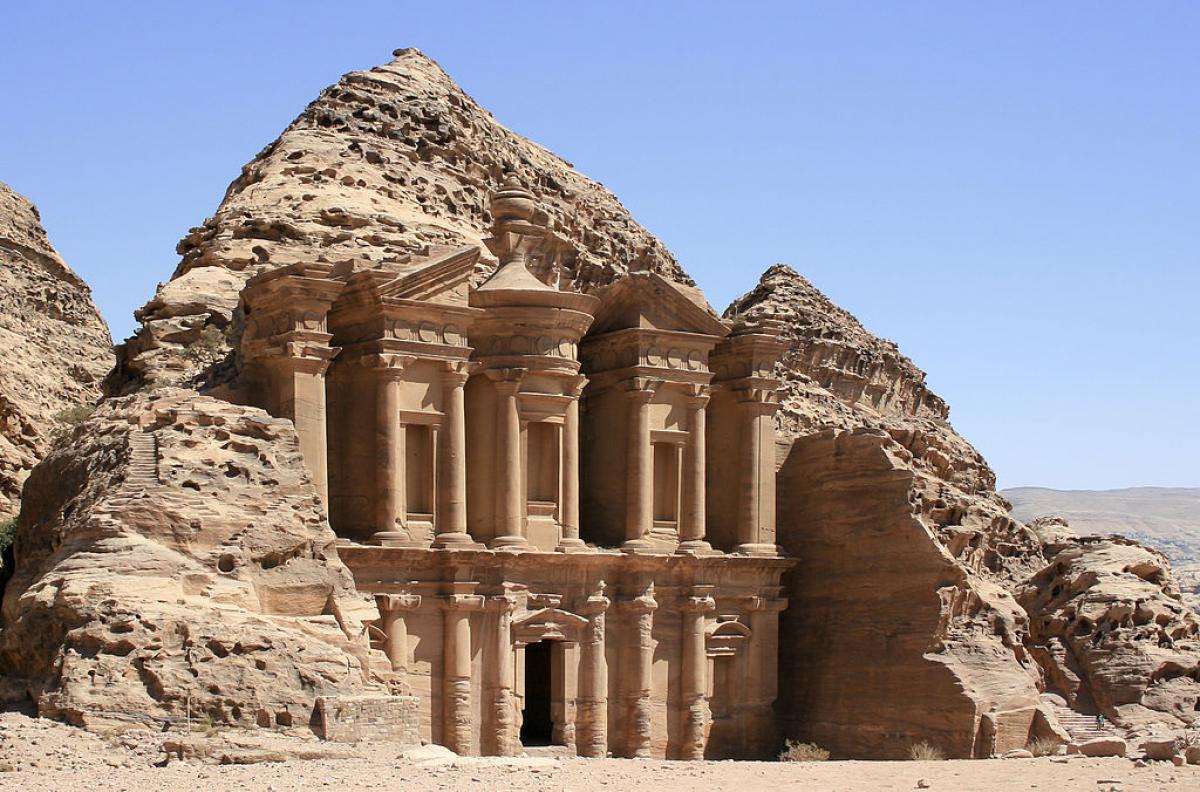
7. Persepolis
Where? Southern Iran.
Historical Peak: Shortly after 480 BC.
Decline: The city was burnt and sacked in the spring of 330 BC by Alexander the Great.
Rediscovered: Garcia de Silva Figueroa, the Spanish Ambassador in Persia, was the first European to recognize the massive ruins as the site of the ancient capital of the Achaemenid Empire in 1618.
Persepolis was one of the most splendid and imposing cities of the Middle East, built by the Achaemenid Kings as a symbol of their invincible state power. The Royal Hall of the Ten Thousand was arguably the grandest such edifice of Antiquity, a square of 70 meters flanked by massive columns that still stand erect today. Tributes and slaves flew into the fathomless treasuries of the capital from all around the world – from Thrace in the west to India in the east.
But all this glory and splendor was not to survive for long – the existence of the imperial capital was abruptly put to an end by the conquest of Alexander the Great. While part of the city survived the great fire of 330 BC it never regained its stature.
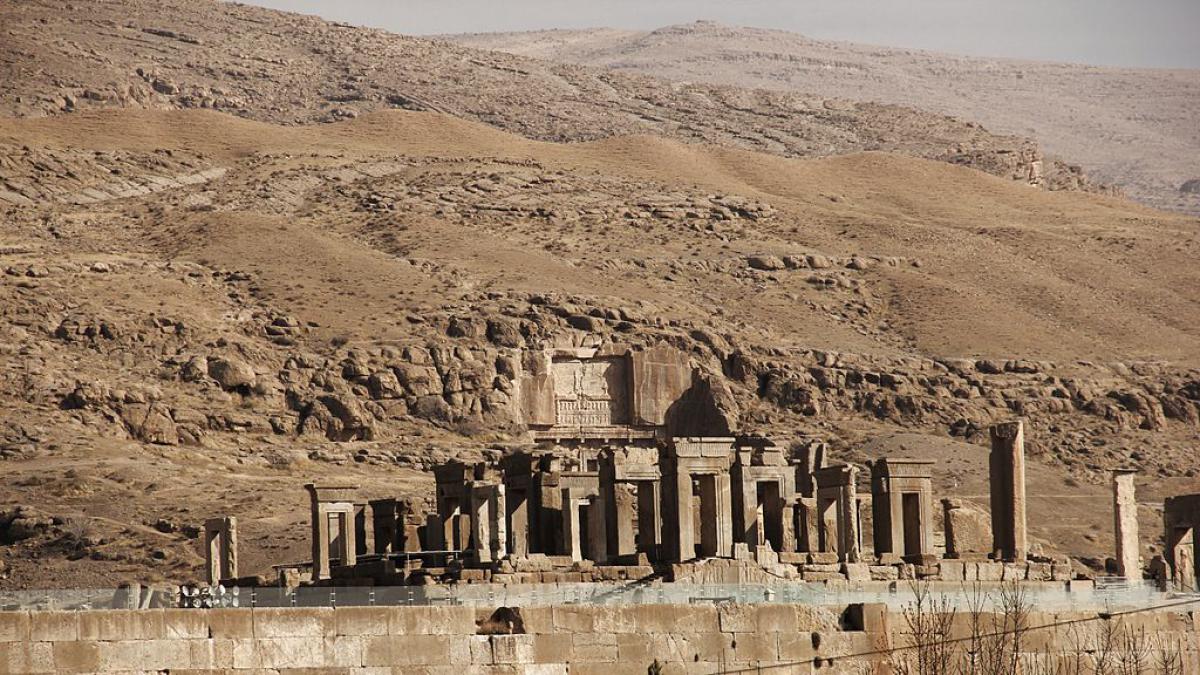
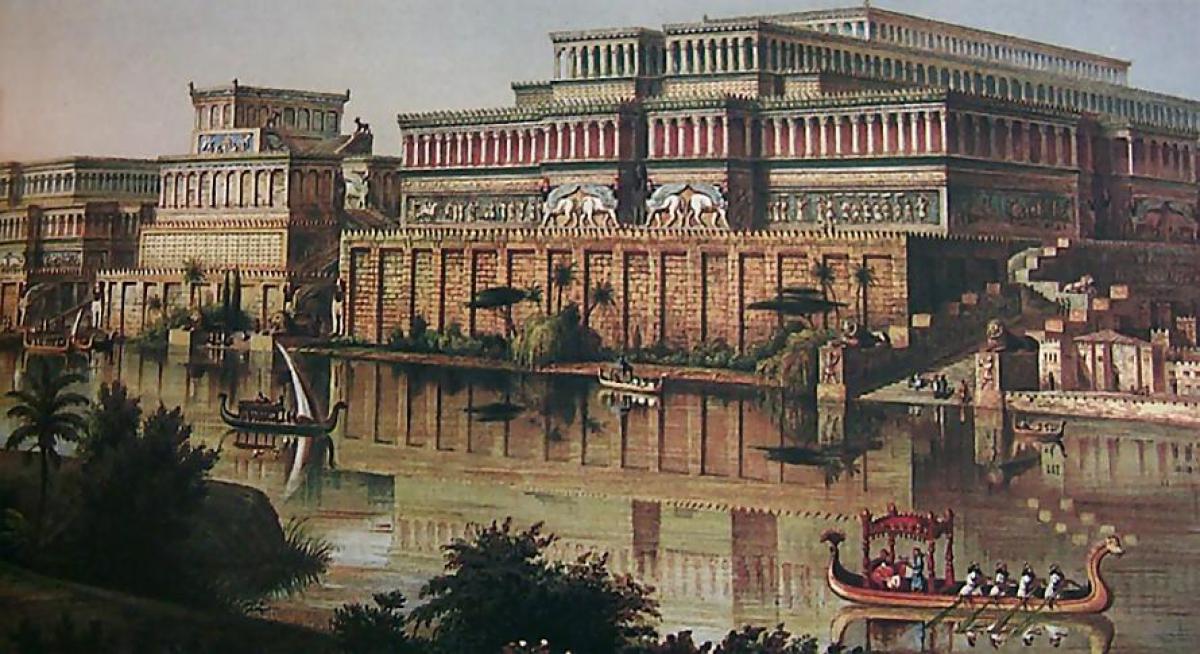
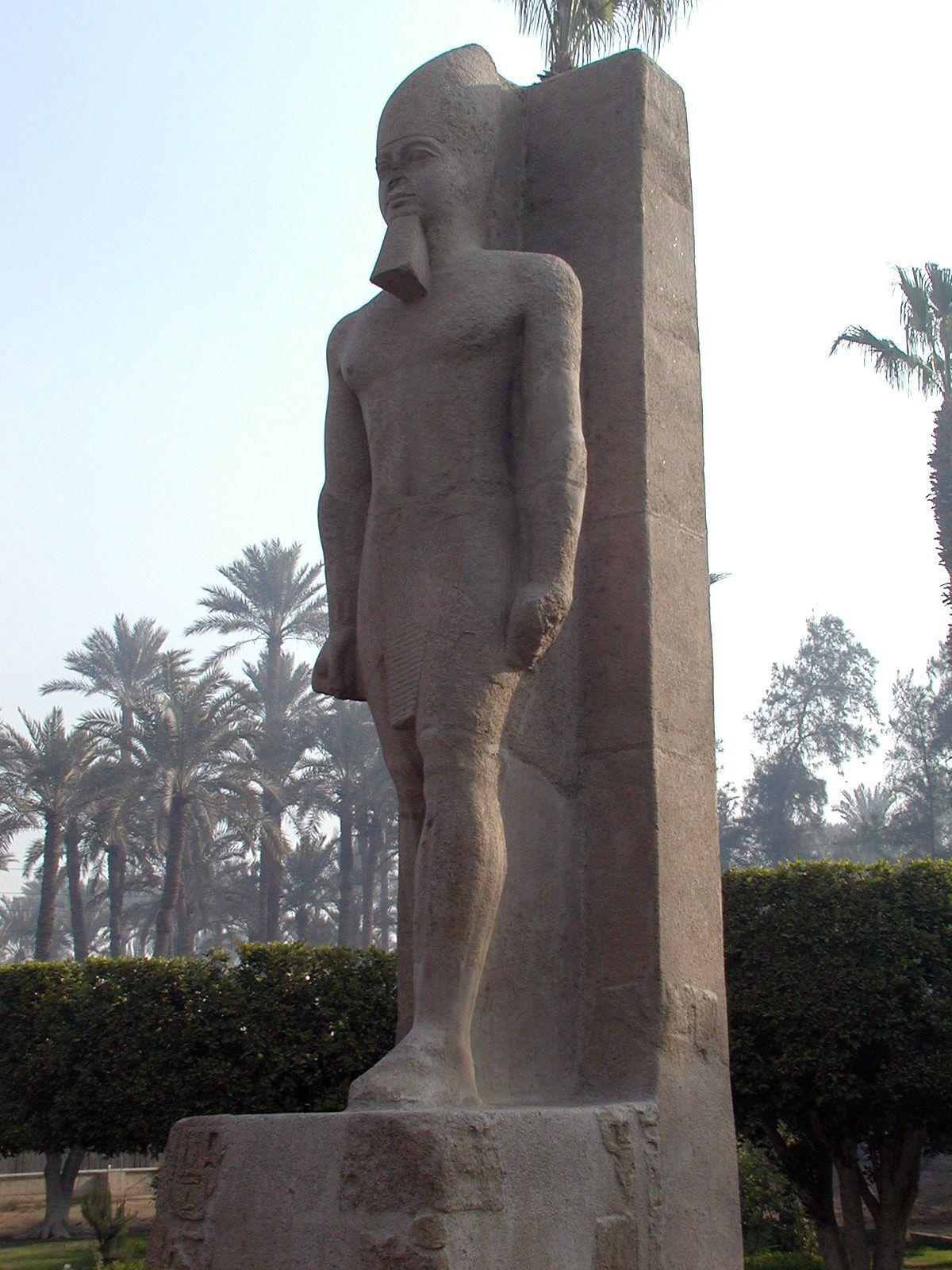
4. Tenochtitlan
Where? At the site of modern Mexico City.
Historical Peak: 15th century AD.
Decline: Early 1520, after the city was conquered by Hernan Cortes.
Rediscovery: The city was never lost in the strict sense of the word, because the local population kept a vivid memory of its splendor. The Spanish rulers of Mexico tried to suppress this memory by destroying the splendid Templo Mayor, but you can still see some of the original Tenochtitlan pavement on the modern streets of Mexico City.
Called “The Venice of America” by the astounded Spanish conquistadors and travelers, the capital of the mighty Aztec empire was one of the largest cities in the world in the beginning of the 16th century. With a population of at least two hundred thousand people it was much larger than pre-industrial Paris, London or Madrid and could rival any large Italian and Oriental mega polis. Built within a lake, dominated by the monumental Royal Palace and the Sun Temple in the center, Tenochtitlan stunned at first sight with its white marble courtsides and paved streets, unlike anything the Europeans have seen before. According to their accounts on the market days some forty to sixty thousand people flooded the streets from the countryside or witnessed the ceremonial processions.
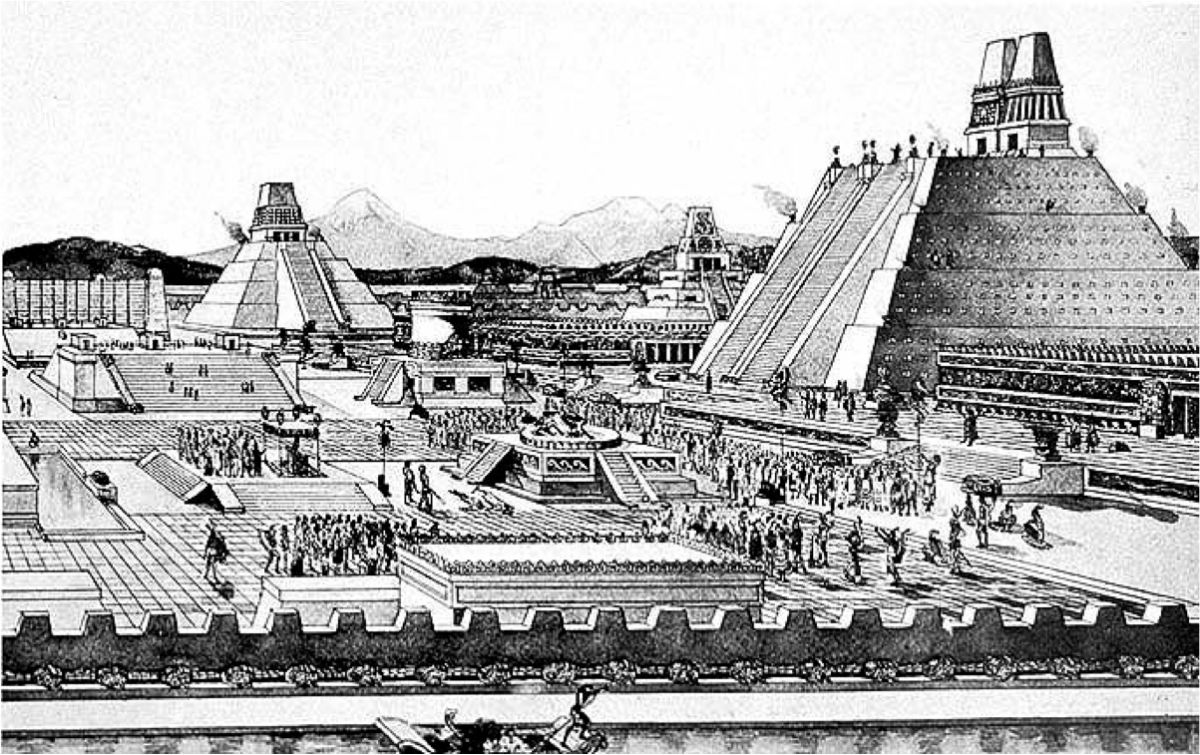
3. Carthage
Where? Tunisia, on the Mediterranean Coast.
Historical peak: Carthage reached the peak of its power shortly before the start of the First Punic War in 264 BC.
Decline: The loss of the Second Punic War in 201 BC spelled the end of the imperial grandeur of Carthage. The city was completely destroyed in 146 BC by the Romans.
According to legend Carthage was founded as early as 814 BC by Dido – queen of the Phoenician city Tyre. Taking advantage of its natural position the city quickly became one of the leading metropolises of the Western Mediterranean and built a commercial empire far before the rise of Rome. With a population of over two hundred thousand people and one of the largest ancient harbors, Carthage had the self-confidence of queen of the Seas, and a splendor and beauty to back up the claim. But the suicidal conflict with Rome that last more than a century led to its downfall and ultimate destruction. The glory of Carthage however was so great that it never faded in memory.
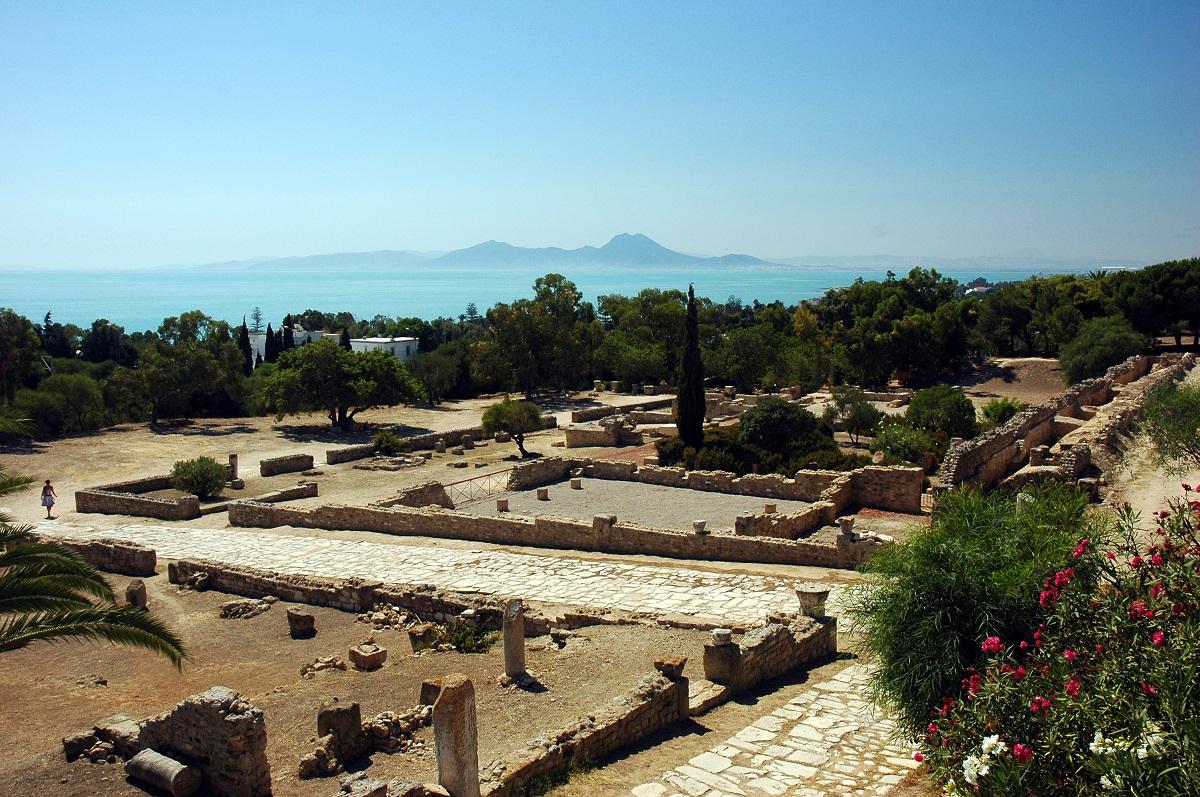
2. Troy
Where? Western Asia Minor, on the Aegean coast, near the Dardanelles straight (present-day Turkey).
Historical peak: What is now known as the Homeric Troy probably coincides with the archaeological Troy VIIA – ca. 1300-1190 BC.
Decline: We do not have primary sources (unless you decide to use the Iliad as such) to tell us what caused the sharp decline and destruction of the city. It arguably was a raid by the rising power of the Achaeans in the west, who felt powerful enough to strike at an ally of the mighty Hittite Empire.
Rediscovery: The Hissarlik Mound was first excavated by Heinrich Schliemann in 1871-3, but he only reached the earliest Bronze cities (Troy I and Troy III). The later excavations in 1894 and 1932-38, led by Wilhelm Dörpfeld and Carl Blegen respectively, found the true Homeric Troy.
Troy remains the most legendary of all ancient cities that were lost for history, thanks to Homer. The only reason it is not in the first place is that we know too little of the place and its historic context. But the archaeological data suggests Troy was one of the greatest urban centers of its age and a major trading port in the Aegean Sea, a transmission between Asia and Europe.
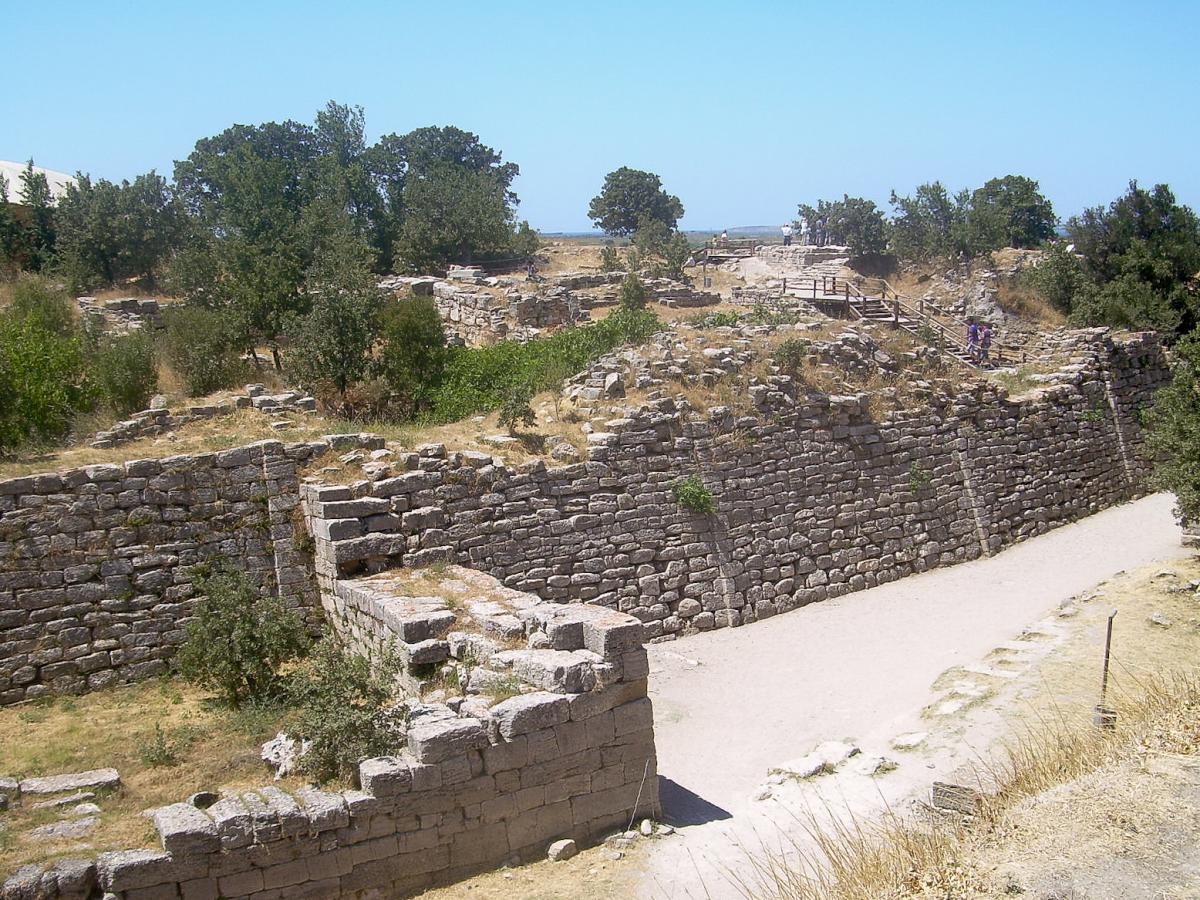
1. Babylon
Where? Built on the banks of the Euphrates river, in the very heart of ancient Mesopotamia – present-day central Iraq.
Historical peak: Babylon rose and fell through the ages many times, so we can hardly pick one certain moment when it reached its zenith. The first peak was during the reign of Hammurabi (ca. 1792-1750 BC) when Babylon united most of Mesopotamia under its rule for the first time. The city arguably reached its greatest splendor during the reign of Nebuchadnezzar (604-561 BC) when it was the capital of the mighty and vast Neo-Babylonian Empire.
Decline: Once the Persians conquered the city in 539 BC it began to decline politically. Babylon remained a place of legendary beauty, but it was never again the greatest city of the East.
Rediscovery: Sir Henry Austin Layard, the already-mentioned archaeologist who found Nineveh worked briefly at the site of Babylon but abandoned the excavations in the 1850s. The grand success came in 1899-1900 when the team led by Robert Koldewey excavated the grand temple of Marduk and the Ishtar Gate.
Babylon teased the imagination of tens of generations, frequently mentioned in the Bible as one of the greatest cities of the East, capital of empires for millennia, the center of the world. And truly, the history of this spell-binding place is so lavish, so rich in details, so prolonged and glorious that there are very few cities in history that can rival it.
The fabled Etemenanki, the 91-metre ziggurat of the supreme god Marduk was probably the structure that provoked the Jews to create the legend of the Tower of Babylon that reached for the heavens. No city could rival the capital of Mesopotamia for centuries on end – with its thousands of citizens, wide boulevards, monumental temples, massive bastions, the Ishtar Gate, the Royal Palace and Gardens…
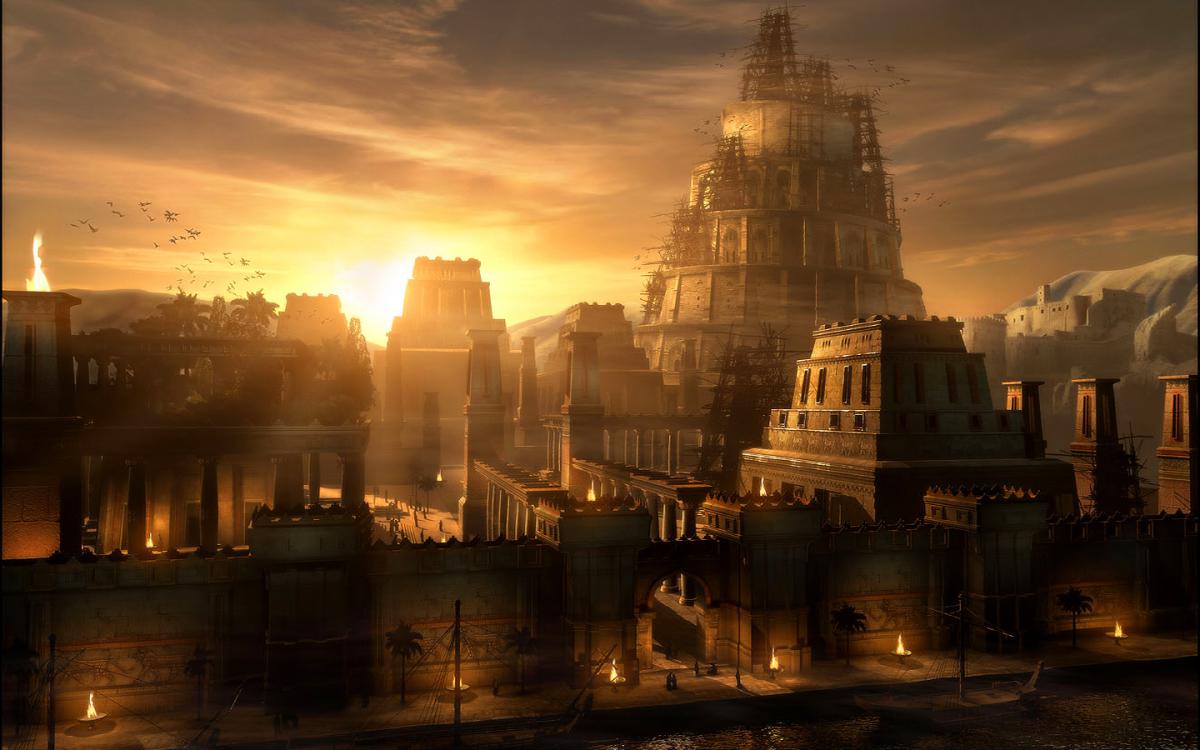
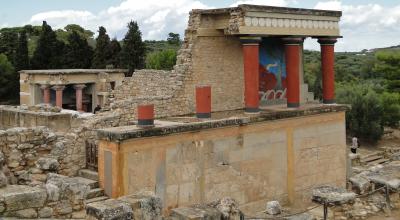
Leave a Reply